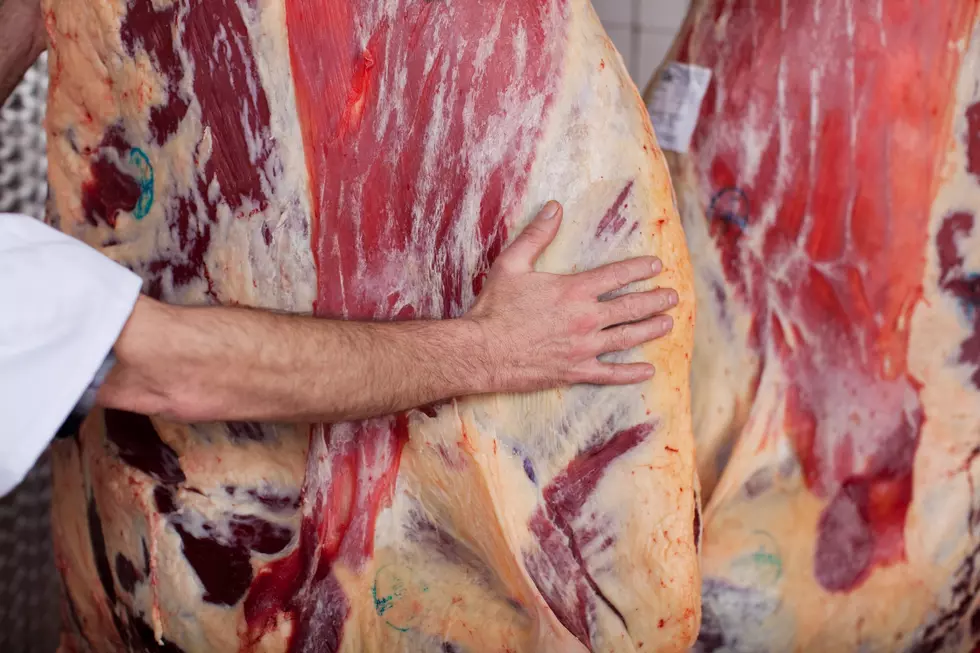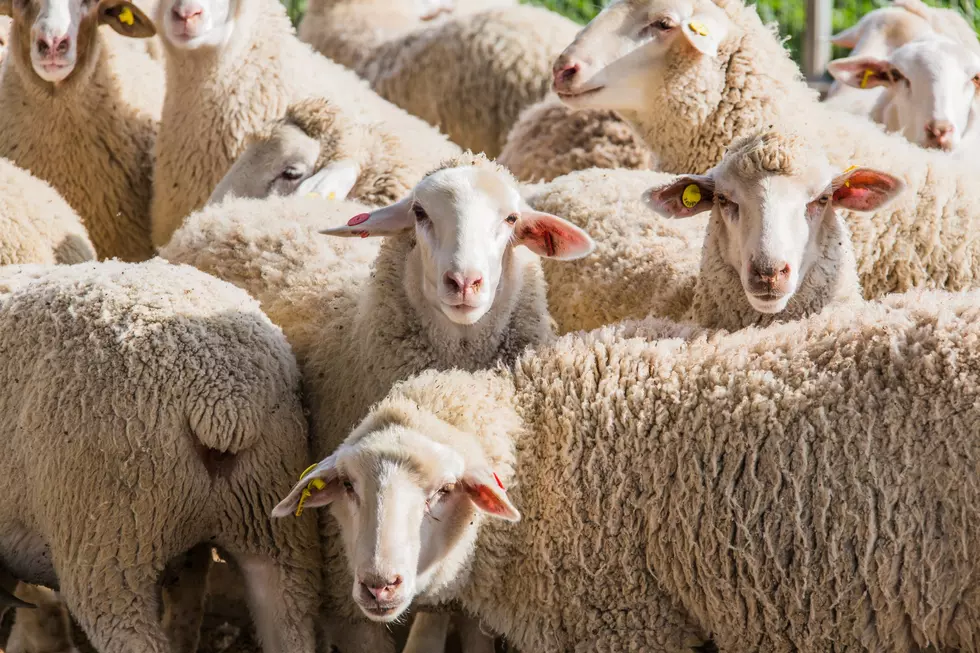
Sheep Industry Board Focused on Research
The American Sheep Industry Association Executive Board conducted its summer meeting in Idaho Falls, Idaho, this week with a primary goal of approving the association budget that will now go before the full ASI Board of Directors for final approval. Members of the board will receive voting information and instructions by email next week.
While in Idaho, the Executive Board met with leaders at the U.S. Sheep Experiment Station, which ASI successfully fought to remove from a federal closure list. A group of ASI’s Young Entrepreneurs taking part in a summer tour of Eastern Idaho joined the Executive Board during its time at the station. In addition to lobbying congressional leaders to save the station from closure, ASI supported the hiring of additional research personnel at the station, as well as more than $4 million in infrastructure improvements to the actual facility. As part of the meeting, station personnel demonstrated lambing and handling procedures that are common throughout the Intermountain West.
The station’s Bret Taylor and Hailey Wilmer said that the unit is undertaking research to evaluate the effects of management actions, environmental and climate events on the ecosystem. This includes an evaluation of the grazing allotments that are no longer being used. Through science-based rangeland management and decision-making, they hope to help producers enhance sustainability and rangeland health, understand the benefits and tradeoffs of different management practices on multiple rangeland outcomes – including biodiversity conservation and production – and also enhance profitability and international competitiveness through production efficiency.
There was some discussion on collaborative work with the Animal Disease Research Unit in Pullman, WA, which has resulted in identification of genomic regions associated with sheep nasal shedding of Mycoplasma ovipneumoniae. From that collaborative work, they have gathered a lot of genomic information, which they are using to discover markers associated with positive economic and ecological outcomes of sheep production. By the end of the project, they will have collected genotype and phenotype information from more than 2,400 sheep of various breeds, including Rambouillet, Polypay, Targhee, Columbia, Suffolk and Suffolk crossbreds.
Already, about 75 percent of the data has been collected and the remaining data is expected to be collected by 2024. Genome-wide association analyses studies will follow. They expect these studies will identify markers highly associated with traits linked to production efficiency, longevity, product quality and grazing behavior, including herbivory preference traits. Their research is integrated with efforts that universities across the country and other ARS units are doing in order to advance the discovery of unique traits and genetic markers associated with herbivory preferences of rangeland grazing sheep. By integrating these sheep genetic resources, management practices and rangeland environment, ARS is striving to enhance production efficiency, including increased lamb survivability and ewe longevity in a rangeland environment. The genetic markers that show a high degree of association will then be applied to breeding strategies in order to test functional outcomes in resulting offspring.
The station is one of three U.S. Department of Agriculture Agricultural Research Service stations building genetic reference flocks that will make it possible to develop new genetic selection tools for all users of National Sheep Improvement Program breeding stock. The station is working collaboratively with the U.S. Meat Animal Research Center in Clay Center, Neb., and the Dale Bumpers Small Farms Research Center in Booneville, Ark., on this project.
During its time in Idaho, the Executive Board also took part in a joint dinner with board members from the National Livestock Producers Association, which administers the Sheep and Goat Innovation Fund.
Source: American Sheep Industry Association
10 Towns in Washington State With the 2023 Lowest Cost of Living
More From PNW Ag Network









